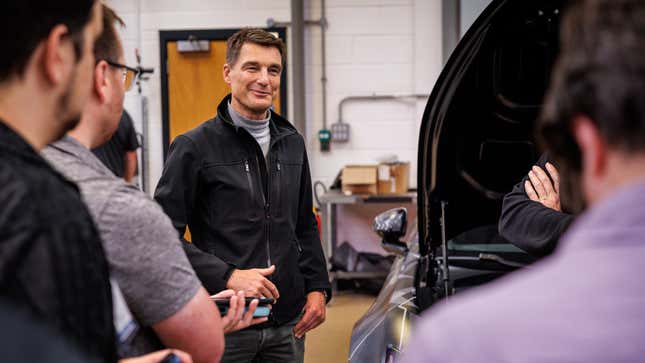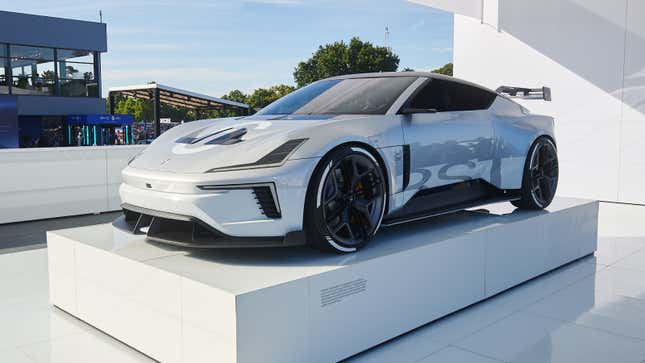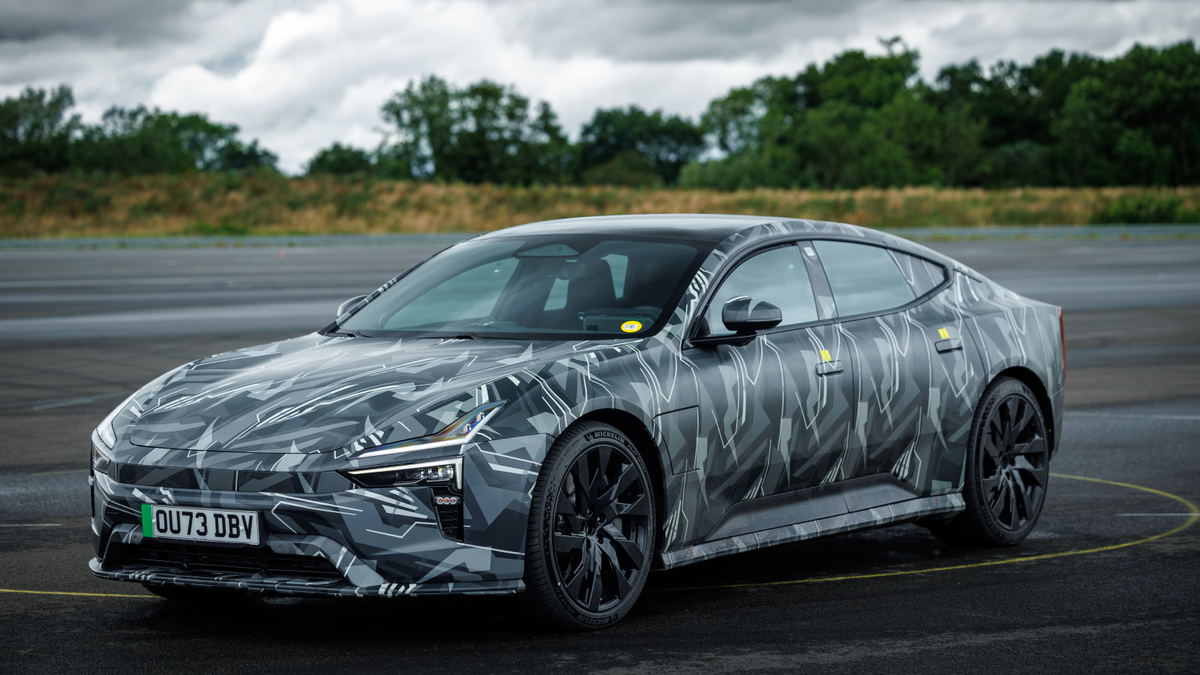Self-driving cars are so hot right now, with automakers like Mercedes offering autonomous driving capabilities to customers in America and Tesla promising that one day it really, really will crack full-self driving. Polestar is also working on its own autonomous tech, but the Swedish company won’t roll out its version of the tech until it can prove that it really does aid vehicle safety.
Polestar, which is part of the Geely group that also includes Volvo and Lotus, has put a major emphasis on cutting edge technology in its cars. So much so that when it unveiled the Precept concept a few years back, the car came with a sensor module that packed in lidar and all kinds of scanning tech to map the road ahead of you.
This tech could one day allow for self-driving capabilities and advanced driver assistance in future Polestar models. A self-driving Polestar has yet to make it to market, however, even though the Precept will soon enter production as the Polestar 5.
This delay in rolling out autonomous tech is purposeful, company boss Thomas Ingenlath explained to Jalopnik at a recent trip to its research and development hub in the UK.

“You would do it in the Volvo way,” Ingenlath says. “You would not push it out when you are not 100 percent sure that it is actually safety enhancing. Others are pushing it out first and taking a certain edge, but of course that is something we would not do.”
While Ingenlath doesn’t name them, those “others” probably include brands like Tesla, which has continued rolling out its advanced Autopilot and Full-Self Drive systems to drivers across America. However, the kinks are yet to be ironed out in such systems, and there have been more than 200 crashes involving Tesla cars operating the software.
Last month, a Tesla running the full-self drive software was even found to have crashed into a police cruiser that was parked up at the side of the road responding to another incident. Polestar doesn’t want to hit these same issues with its future tech.
What’s more, the company will also have to convince its customers that the tech adds value to their cars. So far, Polestar has billed itself as a sporty brand that builds EVs that are fun to drive, which has been encapsulated in products like the Polestar 2 BST and the new Concept BST.

“To be able to turn on that chauffeur on the highway when you are really tired is a very simple question of luxury and premium,” Ingenlath said.
“If you are a very sporty person then you don’t run around all day, you have time when you relax and where you take it easy. It’s the same with driving a car, there is time when you really enjoy it and feel it’s fun and you are mentally in that state. But at the same time, in that stop and go traffic I am happy to put on my auto pilot.”
Polestar is currently working to roll out its new Polestar 3 electric SUV in America, which has been hit by delays on its way to becoming the first car built by the brand here in America. Alongside the rollout of the 3, it is also working to launch the Polestar 4 electric model, which comes with a camera system in place of a rear window.

